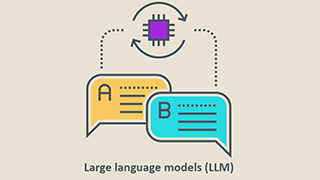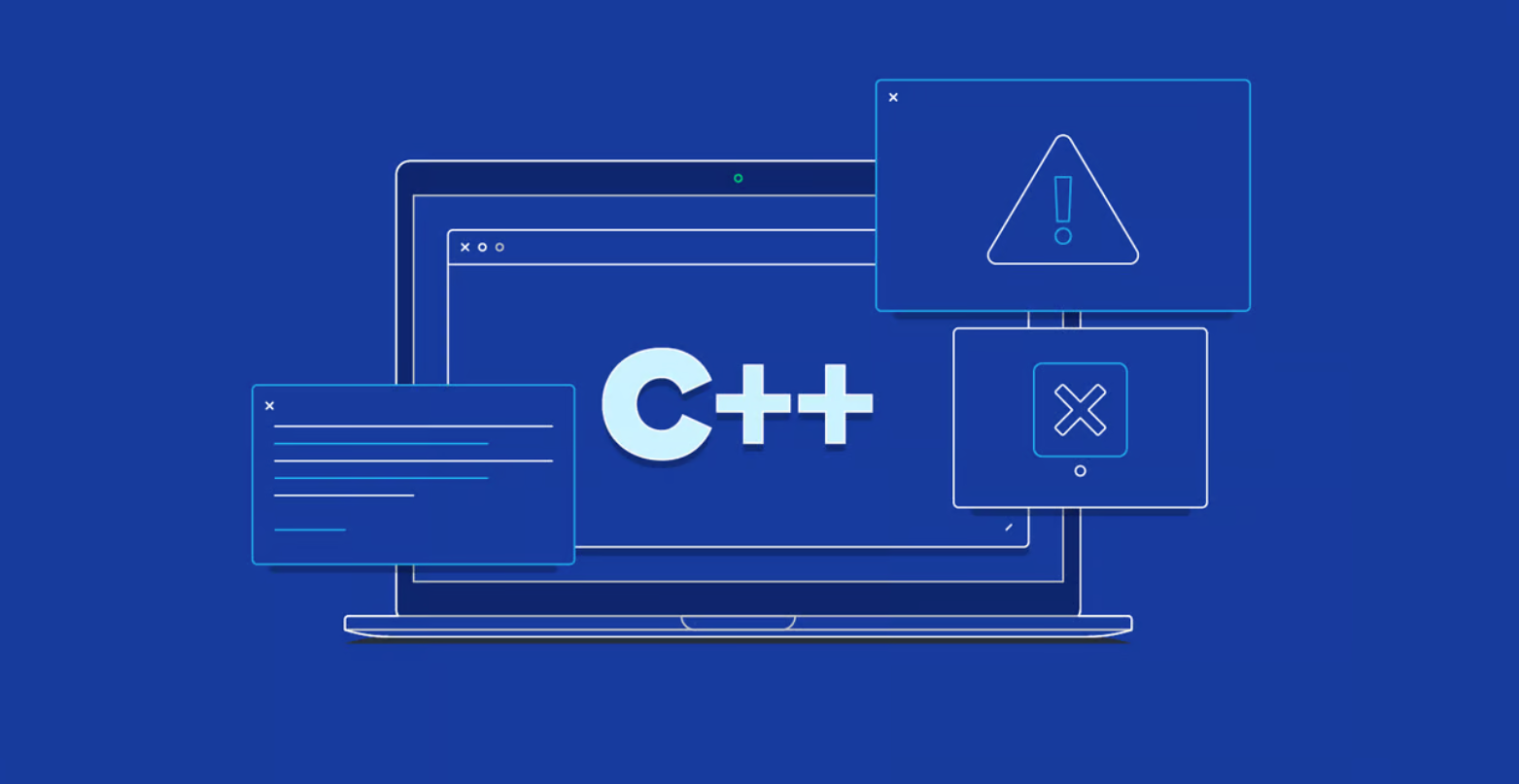机器学习入门教程:使用python进行监督学习

在本篇机器学习入门教程中,我们将学习什么是监督学习,以及如何使用python进行监督学习
什么是监督学习?
在监督学习中,我们首先要导入包含训练特征和目标特征的数据集。监督式学习算法会学习训练样本与其相关的目标变量之间的关系,并应用学到的关系对全新输入(无目标特征)进行分类。
为了说明如何监督学习的原理,让我们看一个根据学生学习的时间来预测学生的成绩的例子。
公式:
Y = f(X)+ C
在这里:
F表示学生为考试准备的小时数和分数之间的关系
X是输入(他睡觉的小时数)
Y是输出(标记在考试中学生的得分)
C是随机误差
监督学习算法的最终目标是以最大精度来预测给定新输入X所对应的Y.有很多种方法可以实现监督学习; 我们在这里讨论一些最常用的方法。
根据给定的数据集,机器学习问题分为两类:分类和回归。如果给定数据同时具有输入(训练)值和输出(目标)值,那么这是一个分类问题。如果数据集具有连续的没有任何目标标记的特征数值,那么它属于回归问题。
分类:输出标签:这个是猫还是狗?
回归:这个房子卖多少钱?
分类
以想要分析乳腺癌的数据的医学研究人员为例。目标是预测患者应接受三种治疗方法中的哪一种。这种数据分析任务被称为分类,在这个分类中,模型或分类器被构造来预测类标签,例如“治疗a”、“治疗B”或“治疗c”。
分类是预测问题,预测离散和无序的分类的类标签。这一过程,由学习步骤和分类步骤两部分组成。
分类中方法
最常用的分类算法:
- KNN算法(k-Nearest Neighbo)
- 决策树
- 朴素贝叶斯
- 支持向量机
在学习步骤中,分类模型通过分析训练集来建立分类器。在分类步骤中,预测给定数据的类标签。在分析中,数据集元组及其关联的类标签分为训练集和测试集。构成训练集的各个元组从随机抽样的数据集中进行分析。剩下的元组形成测试集,并且独立于训练元组,也就是说它们不会用来构建分类器。
测试集用于估计分类器预测的准确性。分类器的准确性是指由分类器正确分类的测试元组的百分比。为了达到更好的准确性,最好测试不同的算法,并在每个算法中尝试不同的参数。最好通过交叉验证进行选择。
想要为某个问题选择合适的算法,对于不同的算法,精度、训练时间、线性度、参数个数和特殊情况等参数都需要考虑。
在IRIS数据集上使用Scikit-Learn实现KNN,根据给定的输入对花进行分类。
第一步,为了应用我们的机器学习算法,我们需要了解和探索给定的数据集。在这个例子中,我们使用从scikit-learn包导入的IRIS数据集(鸢尾花数据集)。现在让我们来编码并探索IRIS数据集。
确保你的机器上已经安装了Python。然后使用PIP安装以下软件包:
pip install pandas
pip install matplotlib
pip install scikit-learn
在这段代码中,我们使用pandas中的几种方法了解了IRIS数据集的属性。
from sklearn import datasets
import pandas as pd
import matplotlib.pyplot as plt
# Loading IRIS dataset from scikit-learn object into iris variable.
iris = datasets.load_iris()
# Prints the type/type object of iris
print(type(iris))
#
# prints the dictionary keys of iris data
print(iris.keys())
# prints the type/type object of given attributes
print(type(iris.data), type(iris.target))
# prints the no of rows and columns in the dataset
print(iris.data.shape)
# prints the target set of the data
print(iris.target_names)
# Load iris training dataset
X = iris.data
# Load iris target set
Y = iris.target
# Convert datasets' type into dataframe
df = pd.DataFrame(X, columns=iris.feature_names)
# Print the first five tuples of dataframe.
print(df.head())
输出:
dict_keys([‘data’, ‘target’, ‘target_names’, ‘DESCR’, ‘feature_names’])]
(150, 4)
[‘setosa’ ‘versicolor’ ‘virginica’]
sepal length (cm) sepal width (cm) petal length (cm) petal width (cm)
0 5.1 3.5 1.4 0.2
1 4.9 3.0 1.4 0.2
2 4.7 3.2 1.3 0.2
3 4.6 3.1 1.5 0.2
4 5.0 3.6 1.4 0.2
Scikit-learn中的KNN
如果一个算法只是简单地存储训练集的元组并等待给出测试元组,那么他就是一个惰性学习法。只有当它看到测试元组时才会执行泛化,基于它与训练元组的相似度对元组进行分类。
KNN是一个惰性学习法。
KNN基于类比学习,比较出给定的测试元组与训练元组的相似度。训练元组由n个特征描述。每个元组代表一个n维空间中的一个点。这样,所有的训练元组都存储在n维模式空间中。当给定未知元组时,KNN分类器在模式空间中搜索最接近未知元组的k个训练元组。这k个训练元组是未知元组的k个“最近邻(nearest neighbor)”。
贴近度(Closeness)由关于距离的度量定义(例如欧几里得度量)。一个好的K值要通过实验确定。
在这段代码中,我们从sklearn中导入KNN分类器,并将其应用到我们的输入数据,对花进行分类。
from sklearn import datasets
from sklearn.neighbors import KNeighborsClassifier
# Load iris dataset from sklearn
iris = datasets.load_iris()
# Declare an of the KNN classifier class with the value with neighbors.
knn = KNeighborsClassifier(n_neighbors=6)
# Fit the model with training data and target values
knn.fit(iris['data'], iris['target'])
# Provide data whose class labels are to be predicted
X = [
[5.9, 1.0, 5.1, 1.8],
[3.4, 2.0, 1.1, 4.8],
]
# Prints the data provided
print(X)
# Store predicted class labels of X
prediction = knn.predict(X)
# Prints the predicted class labels of X
print(prediction)
输出:
[1 1]
在这里:
0对应的Versicolor
1对应的Virginica
2对应Setosa
(注:都是鸢尾花的种类)
基于给定的输入,机器使用KNN预测两个花都是Versicolor。
IRIS数据集分类直观图:

回归
回归通常被用于确定两个或多个变量之间的关系。例如,根据给定的输入数据X,你必须预测一个人的收入。
在回归里,目标变量是指我们想要预测的未知变量,连续意味着Y可以承担的值没有缺口(或者说间断点)。
预测收入是一个典型的回归问题。你的输入数据包含所有可以预测收入的信息(即特征)。比如他的工作时间,教育经历,职位和居住地。
回归模型
一些常用的回归模型是:
- 线性回归
- Logistic回归
- 多项式回归
线性回归使用最佳拟合直线(也称回归线)建立因变量(Y)和一个或多个自变量(X)之间的关系。
用公式表示:
h(xi)=βo+β1* xi + e
其中βo是截距,β1是线的斜率,e是误差项。

线性回归
Logistic回归是一种算法,可以在响应变量是分类(categorical)时使用。Logistic回归的思想是找出特征和特定结果的概率之间的关系。
用公式表示为:
p(X)=βo+β1* X
p(x)= p(y = 1 | x)

Logistic回归
多项式回归是一种回归分析方法,其中自变量x和因变量y之间的关系被建模为x中的一个n次多项式。
解决线性回归问题:
我们有数据集X和相应的目标值Y,我们使用最小二乘法来学习一个线性模型,我们可以使用这个线性模型来预测一个新的y,给出一个未知的x,它的误差越小越好。
将给定的数据被分成训练数据集和测试数据集。训练集具有标签(加载特征),所以算法可以从这些标签的例子中学习。测试集没有任何标签,也就是说,你还不知道这个值,试图去预测。
我们将拿出一个特征进行训练,并应用线性回归方法来拟合训练数据,然后使用测试数据集预测输出。
线性回归在scikit-learn中的实现:
from sklearn import datasets, linear_model
import matplotlib.pyplot as plt
import numpy as np
# Load the diabetes dataset
diabetes = datasets.load_diabetes()
# Use only one feature for training
diabetes_X = diabetes.data[:, np.newaxis, 2]
# Split the data into training/testing sets
diabetes_X_train = diabetes_X[:-20]
diabetes_X_test = diabetes_X[-20:]
# Split the targets into training/testing sets
diabetes_y_train = diabetes.target[:-20]
diabetes_y_test = diabetes.target[-20:]
# Create linear regression object
regr = linear_model.LinearRegression()
# Train the model using the training sets
regr.fit(diabetes_X_train, diabetes_y_train)
# Input data
print('Input Values')
print(diabetes_X_test)
# Make predictions using the testing set
diabetes_y_pred = regr.predict(diabetes_X_test)
# Predicted Data
print("Predicted Output Values")
print(diabetes_y_pred)
# Plot outputs
plt.scatter(diabetes_X_test, diabetes_y_test, color='black')
plt.plot(diabetes_X_test, diabetes_y_pred, color='red', linewidth=1)
plt.show()
输出:
Input Values
[
[ 0.07786339] [-0.03961813] [ 0.01103904] [-0.04069594] [-0.03422907] [ 0.00564998] [ 0.08864151] [-0.03315126] [-0.05686312] [-0.03099563] [ 0.05522933] [-0.06009656]
[ 0.00133873] [-0.02345095] [-0.07410811] [ 0.01966154][-0.01590626] [-0.01590626] [ 0.03906215] [-0.0730303 ]
]
Predicted Output Values
[
225.9732401 115.74763374 163.27610621 114.73638965 120.80385422 158.21988574 236.08568105 121.81509832
99.56772822 123.83758651 204.73711411 96.53399594
154.17490936 130.91629517 83.3878227 171.36605897
137.99500384 137.99500384 189.56845268 84.3990668
]

预测diabetes_X_test和diabetes_y_pred之间的图在线性方程上连续。
代码:https://github.com/vihar/supervised-learning-with-python
































